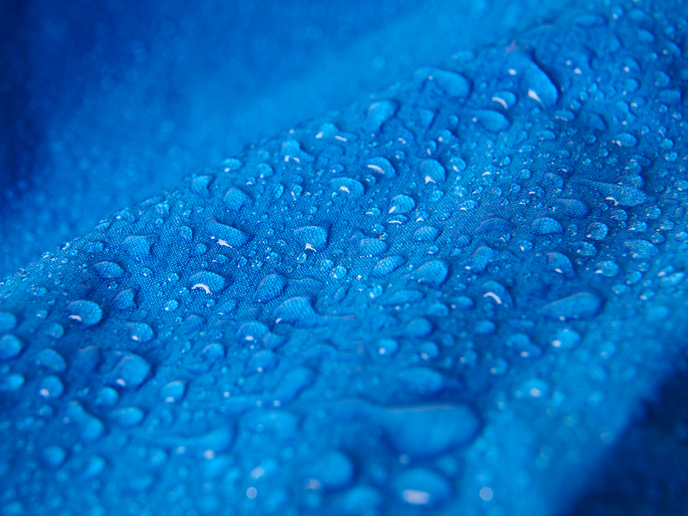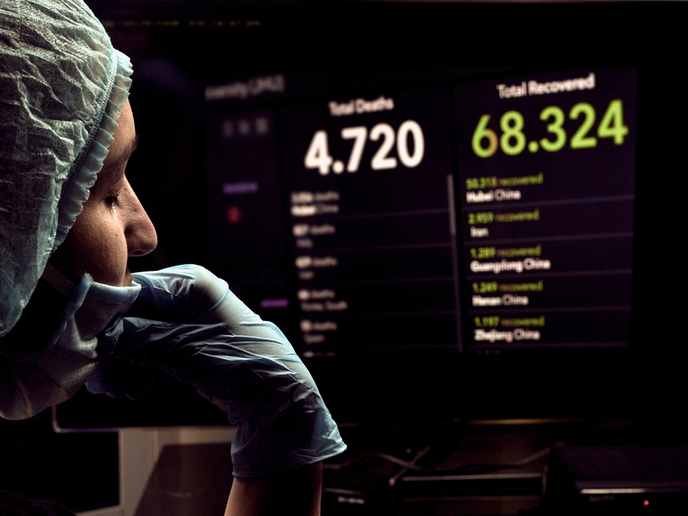First polypeptide antimicrobial hydrogel to help tissue regeneration
Our bodies are good at repairing minor injuries, as long as the damage is below a critical threshold. For example, skin cells are constantly being renewed after small cuts or burns, and livers can even regenerate. But when tissues are regenerating, they are very susceptible to microbial infection, sometimes with life-threatening consequences. While this can be mitigated by antibiotics, antimicrobial resistance (AMR) is increasingly reducing their effectiveness. One way to address this is with tissue regeneration facilitated by scaffolds which provide both mechanical support and shape for cell growth, alongside the environment needed for growth, supplying the necessary nutrients and pH levels. “Hydrogels made from natural polymers such as collagen and gelatin are the most common scaffolding materials, as they mimic our natural extracellular matrix, but these don’t have antimicrobial properties,” explains Andreas Heise coordinator of the GelPrint project, which was undertaken with the support of the Marie Skłodowska-Curie Actions programme. To create superior antimicrobial scaffold materials, GelPrint explored hydrogels from novel star-shaped polypeptides, with eight arms comprising a combination of the amino acids cysteine, lysine and tyrosine, in different ratios.
Creating a hydrogel library
The advantage of the GelPrint approach is that the star polypeptides can be obtained using fast polymerisation processes. The team found that their star polypeptides formed hydrogels of about 90 % water, very useful for cell growth. “We designed an antimicrobial hydrogel composed only of natural amino acids – a polypeptide. Our question was then how to chemically engineer these materials to combine all the desired properties,” adds Heise from the Royal College of Surgeons in Ireland. GelPrint researchers like working with polypeptides because they can be easily upscaled to several 100 grams, but to design a material that combines several properties, the underlying molecular structures which created them first have to be unravelled. “We developed a structure/property map to identify the best materials and learn how small structural changes impact hydrogel properties. This iterative approach gave us our library of polypeptide structures,” says Heise. The team then tested the hydrogels’ rheological properties – how they respond to pressures. They also conducted cytotoxicity experiments to ensure nothing harmful to cells would leach from the hydrogels, which they confirmed. “From these we selected candidates for antimicrobial testing. Excitingly, preliminary results show that our selections prevented growth in two microbial strains,” notes Heise.
Meeting a growing threat
AMR is considered by the World Health Organization an increasingly serious threat to global public health. In the EU, AMR is responsible for around 33 000 deaths annually. Aside from the personal tragedies, the healthcare costs and productivity losses have been estimated at EUR 1.5 billion annually. “Our hydrogels could be applied as a cream, ointment or dressing to treat wounds. For tissue regeneration, they could be 3D printed to create the exact shape needed,” concludes Heise. The team also hope their work contributes to the identification of new antimicrobial agents against which pathogens cannot develop resistance. For now, the team are working to better understand the specifics of how microbes respond to the hydrogels, before moving from lab microbes to clinical samples.
Keywords
GelPrint, hydrogel, antimicrobial resistance, polypeptide, tissue regeneration, infection, amino acids







